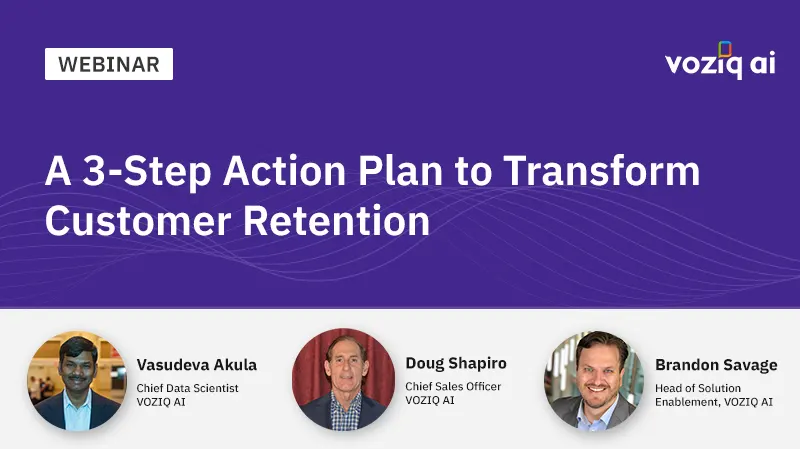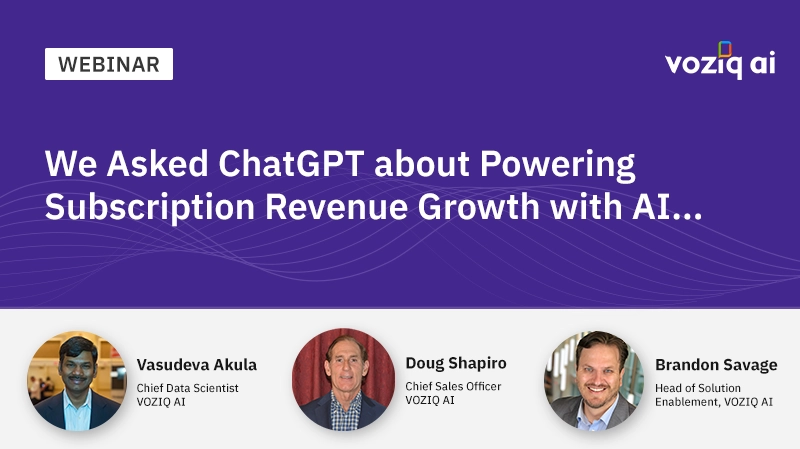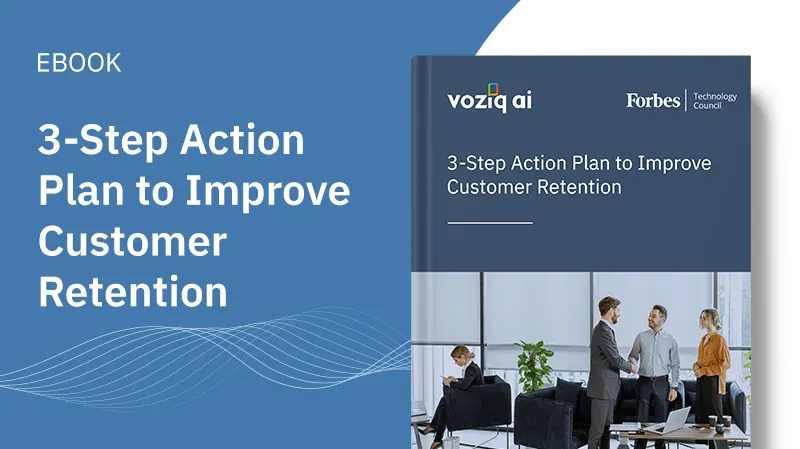How To Use NPS As A Strategic Lever To Improve CLV

How To Use NPS As A Strategic Lever To Improve CLV
The net promoter score (NPS) is a widely used customer satisfaction metric that helps companies measure customer loyalty and predict business growth. A high NPS can also help you increase your customer lifetime value (CLV). In a manner, CLV has a strong correlation with the NPS. It is because a high NPS means satisfied customers who are more likely to make repeat purchases and refer others to your business. Besides, loyal customers are less likely to switch to a competitor, reducing the risk of losing revenue to competitors.
Let us look delve deeper into how you can use NPS as a strategic lever to improve CLV.
Understand customer needs: Understanding your customers and what they expect from your company is critical to CLV improvement. Analyze your customer data to understand what matters the most to your customers and why some customers are more satisfied than others. This may include product quality, customer service, price, convenience or brand reputation. Once you have identified the key drivers of satisfaction/dissatisfaction, you can measure customer satisfaction levels for each factor and prioritize improvement areas. This intelligence enables you to create better products and services, tailor your marketing efforts and deliver a more personalized customer experience. It leads to a higher NPS, which, when supported by market research and sentiment analysis, helps you extract insights into your customers’ needs.
Predict your NPS: Remember not all customers respond to NPS surveys. While it is evident due to several reasons, limited responses may not truly represent your entire customer base. Results based on them sometimes be far from accurate and lead to ineffective CLV improvement strategies. Instead, you can leverage AI and machine learning to address this issue. You can use customer similarity modeling to identify similar customers. Then use the NPS data to extrapolate NPS for customers who have not answered the NPS survey. Use machine learning (ML) to predict NPS for every customer and identify detractors, passives and promoters. Based on their scores, customers are classified into promoters (score 9-10), passives (score 7-8) and detractors (score 0-6). More customers in the promoter category indicate higher revenue growth opportunities.
Address detractors’ concerns: Like you have passives in your customer base, there will be several customers falling in the detractor category, and there can be many various reasons for that, such as pricing, product features, service quality or personal experience. However, it is always possible to convert some detractors to promotors. Identify and proactively address their concerns. Understand what did not work in the past and how you can improve their experience with your business. By resolving their issues, you can turn detractors into promoters, reduce churn rate and increase customer loyalty and lifetime value.
Convert passives into promoters: Not every customer has to be a promoter or a detractor. However, there is always an opportunity to turn many passive customers into promoters. Identify why they are not recommending your business to others. Once you know the reasons and what it takes to turn their experience from “fine” to wow,” you are better equipped to convert passives into promoters and increase customer loyalty and CLV.
Implement a loyalty program for promoters: Since you know the promoters through your NPS survey result, you can develop a loyalty program that rewards them for their continued business with you. This might include exclusive discounts or offers, early access to new products or services or other perks. The loyalty program can turn your promoters into loyal customers, increase their CLV and encourage them to recommend your business to others.
Monitor your progress: Monitoring NPS and CLV should not be a one-time or infrequent exercise. It would be best if you were on top of how your customers feel about your brand and how you can fill the experience gap. Therefore, regularly tracking these metrics is critical to understand your progress and adjust your strategy as needed.
NPS improvement requires a comprehensive approach that involves analyzing customer feedback, identifying areas for improvement and implementing changes to enhance the customer experience. Here are the steps you can start with.
• Know your current NPS score and where it stands compared to industry benchmarks.
• Collect feedback from your customers through surveys, social media, customer service interactions and other channels.
• Analyze the feedback to identify trends and common customer issues to identify areas for improvement.
• Develop an action plan to address the issues identified and implement changes to improve the customer experience.
Testing new strategies and iterating on existing ones, including testing new marketing campaigns, product offerings or loyalty programs, all help in finding the strategies that are most effective.
Ultimately, your customers will be the ones to tell you what they expect. Staying connected to your customers is the best way to bring them the experience they want!






